National Parks that Honor the Legacy of Trailblazing Movements
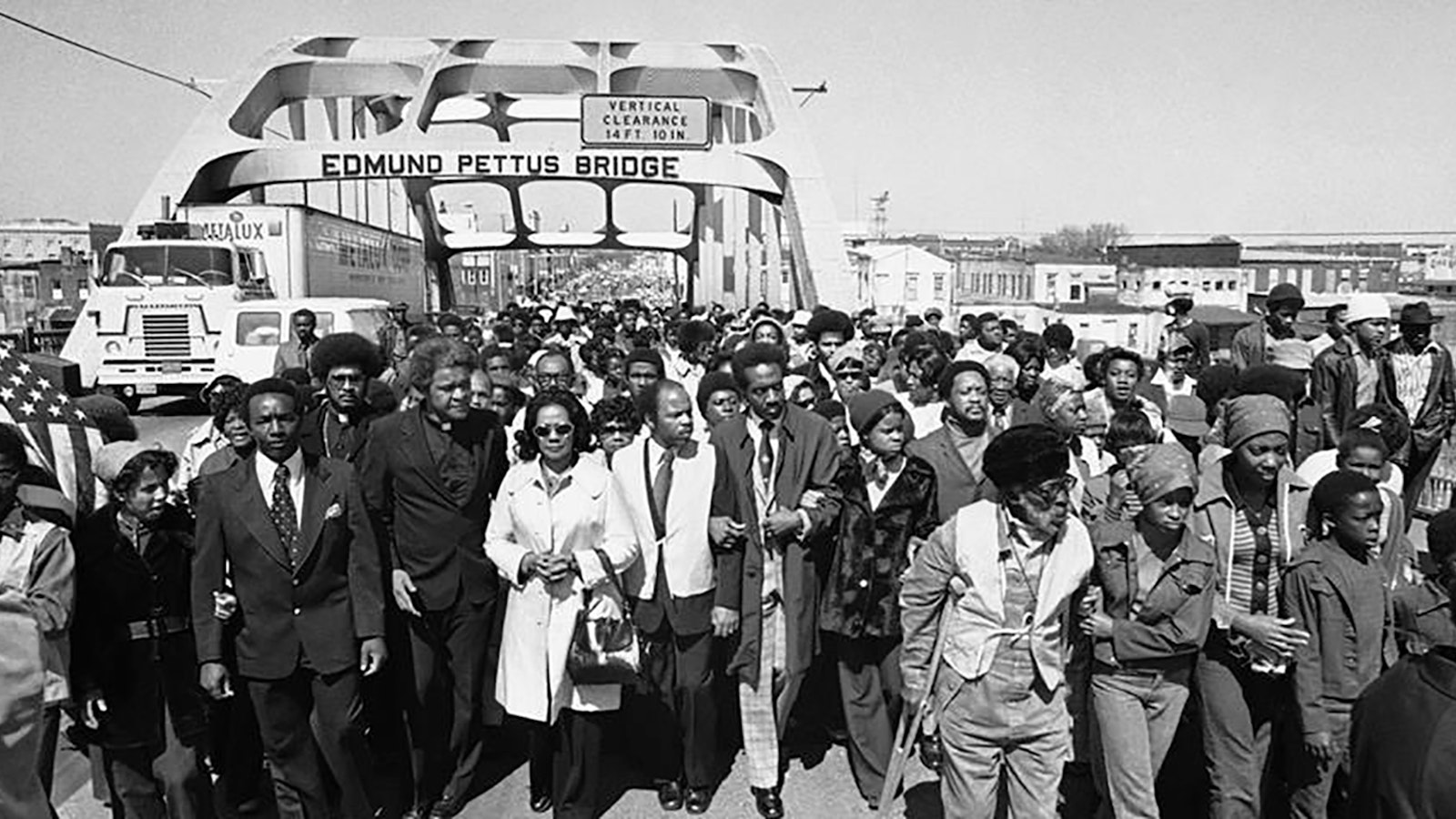
.
.
Throughout our country’s history, people have worked, fought, protested, and died to create a better future – from the revolutionary roots of our country’s foundation and the daring women and men who fought for the abolition of slavery, to the civil rights movement and the LGBTQ civil rights movement. These bold movements, each with their own story to share, have shaped our experiences, stories, culture, and collective history. In national parks throughout the country, the places and stories of these trailblazing movements are preserved, interpreted, and protected for generations to come as we continue to strive for a better future for all.
Boston and the Cradle of Liberty
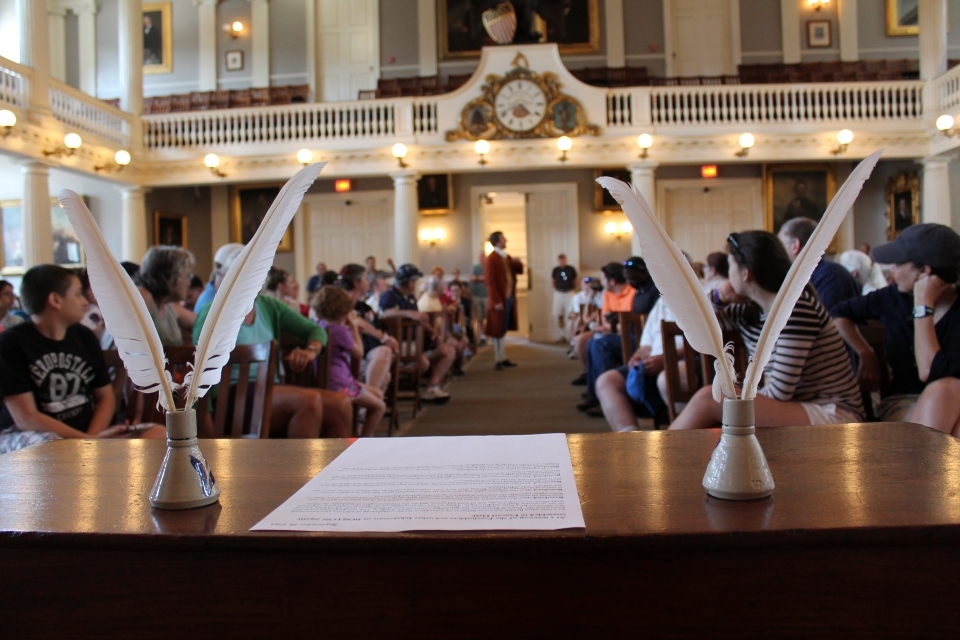
The birthplace of the American Revolution, Boston is home to many stories from the American Revolution. Protests in Boston led to pivotal events that led to the Revolutionary War such as the 1770 Boston Massacre, protesting the occupation of the city by British troops, and the 1773 Boston Tea Party, protesting taxation of tea. Today, Boston National Historical Park protects 43 acres in and around Boston, including many of the spots along the Freedom Trail – from Faneuil Hall, where meetings, protests, and debates occurred for 275 years to the Charleston Navy Yard, where the oldest commissioned ship in the United States Navy known as "old ironsides," the USS Constitution, is docked to this day.
Even after the Revolutionary War, Boston continued to serve as a center for freedom movements of all varieties. In Boston’s African Meeting House, now part of the Boston African American National Historic Site, abolitionists like Sarah Grimke, Frederick Douglass, and others spoke out against slavery. The Black Heritage Trail explores the history of the African American community in 19th century Boston and their crusade against slavery. Boston also served as the backdrop for women’s suffrage conversations and debates, many of which tied directly into simultaneous abolition movements and discourse.
Building a Network to Freedom
While the foundation of America established liberty for some, it did not ensure the freedom for all that lived in its borders. Slavery was legal in all original thirteen colonies, in Spanish California, Louisiana, and Florida; Central and South America; and on all of the Caribbean islands. Beginning in the 17th century and continuing through the mid-19th century, people who were enslaved followed natural and man-made modes of transportation, and along with abolitionists, forged the Underground Railroad, a network of routes to self-emancipation.
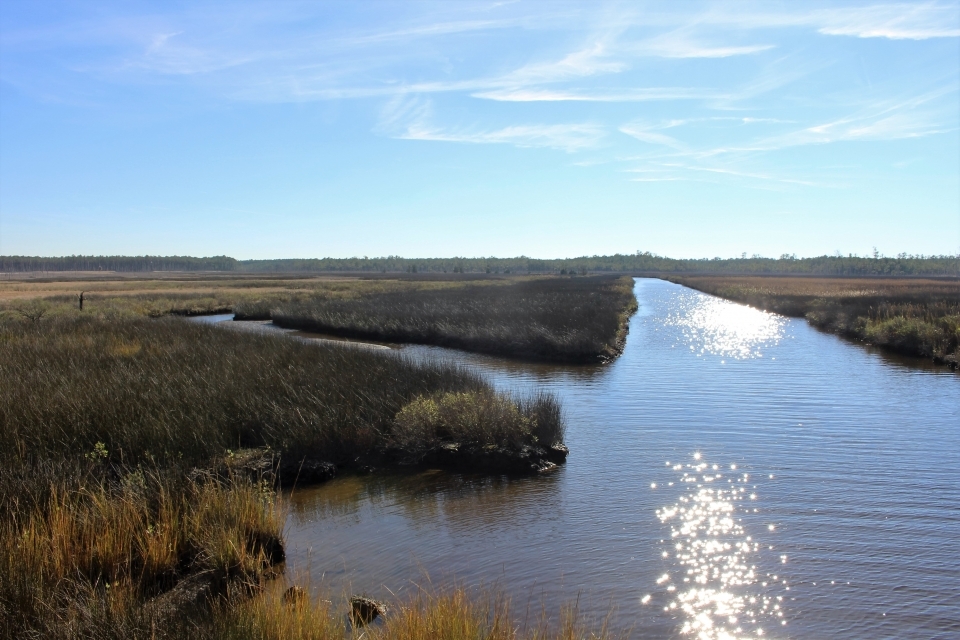
The National Underground Railroad Network to Freedom program honors, preserves, and promotes this history of resistance to enslavement through escape and flight. Over 600 locations with a verifiable connection to the Underground Railroad, some operated by the National Park Service, tell these stories of escape and demonstrate the significance of the Underground Railroad in the eradication of slavery as a cornerstone of the national civil rights movement.
The Foundation of the Women's Rights Movement
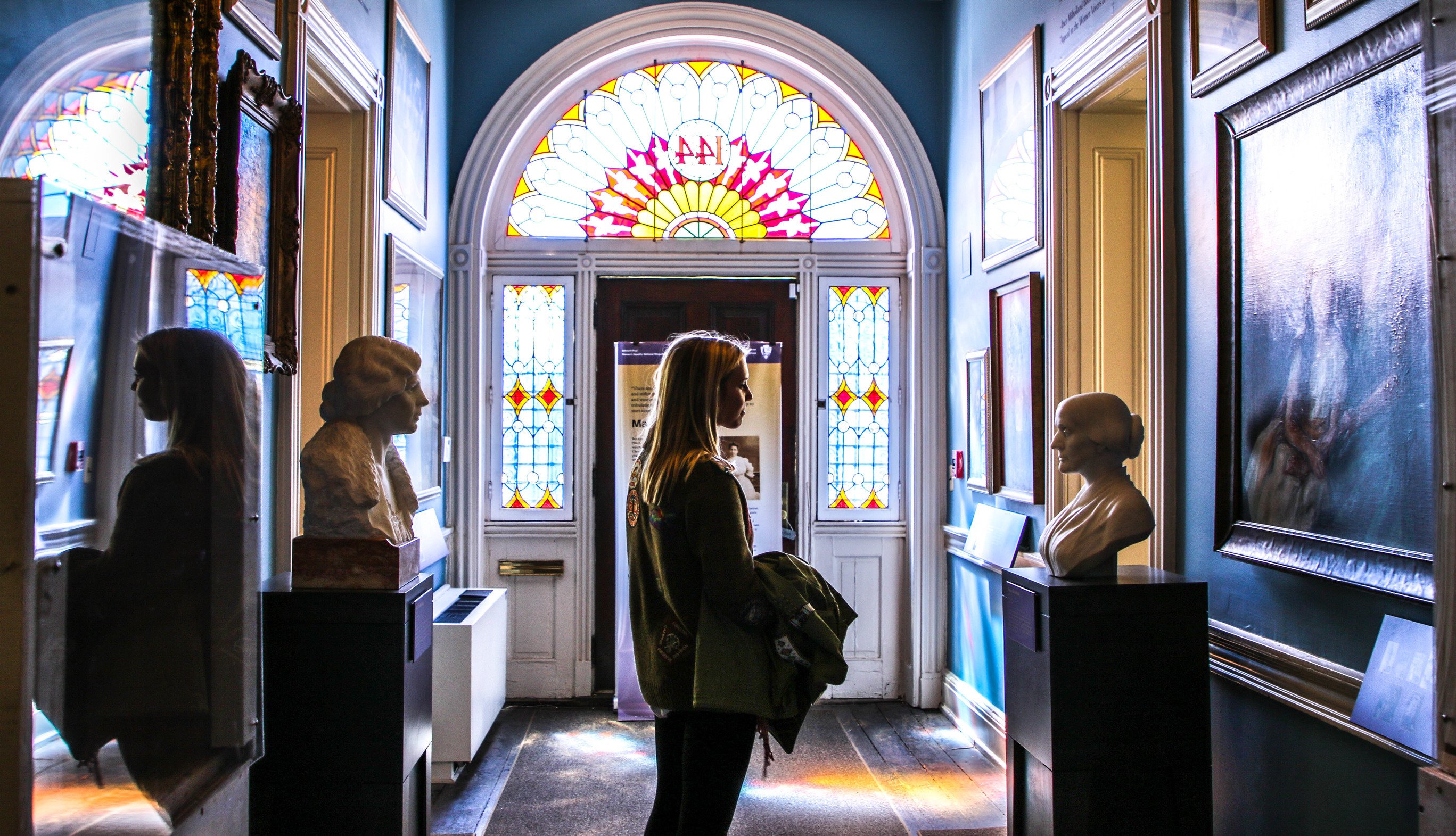
The first Women’s Rights Convention was held in Seneca Falls, New York in July 1848, marking the formal beginning of the women’s suffrage movement. Many of the convention attendees, including Frederick Douglass and Lucretia Mott, signed the Declaration of Sentiments, which uses the familiar language of the Declaration of Independence to set out the truth they found to be self-evident: “that all men and women are created equal.” Visitors to Women’s Rights National Historical Park today can tour the Wesleyan Chapel where the 1848 Convention took place, as well as the historic homes of Elizabeth Cady Stanton and Mary Ann M’Clintock, both organizers of the Convention.
When the 19th amendment was ratified in 1920, it still denied voting rights to women of color, immigrants, and women with lower incomes were often turned away from the polls. Advocates like Charlotte Forten Grimké, Mary Ann Shadd Cary, Mary Church Terrell, Ida B. Wells, and Mabel Ping-Hua Lee continued to fight for the voting rights for all women. Belmont-Paul Women’s Equality National Monument preserves the stories and legacy of those who fought for women’s rights, including the National Woman’s Party, which pushes for women’s equality.
Sparking the Labor Movement
After the Civil War, the Industrial Revolution in America put many to work in new factories. Just south of Chicago, the Pullman Palace Car Company built its factories, as well as streets, a town, and housing for its workers as one of the first model, planned industrial cities. By 1883, over 8,000 workers lived in Pullman, but over the next ten years, as orders at the factory declined, tension rose among those working and living in Pullman. Wages were cut, but the rent charged for their company housing was not, and soon workers were left with what amounted to starvation wages as corporate dividends remained undisturbed.

Unions began to form and on May 11, 1894, a strike broke out among factory workers who walked out after failed negotiations for better wages and living conditions. The American Railway Union facilitated a national boycott of handling Pullman cars, drastically effecting rail traffic across the country. Violence and vandalism broke out as soldiers were dispatched to aid local authorities. The Pullman Strike was eventually quelled by an injunction from the Supreme Court, but its effects were far-reaching, including the formation of the first African American labor union, the Brotherhood of Sleeping Car Porters. The story of the strike and its lasting effects on a growing labor movement are preserved at Pullman National Historical Park.
Fighting Segregation by Riding for Freedom
After the abolition of slavery, African Americans living in the United States faced discrimination and injustices every day. From the 1800s into the 1960s, the majority of the American states enforced segregation through “Jim Crow” laws. These laws allowed states to impose legal punishments for consorting with members of another race, and often ordered businesses and public institutions to keep people separate. In May 1961, a small interracial group of activists known as “Freedom Riders” set out on a journey from Washington, D.C. to New Orleans, riding through the deep south and challenging the discriminatory state laws and local customs requiring segregation on buses and in bus station facilities. On May 14, 1961 in Anniston, Alabama, a group of Freedom Riders were violently attacked by a segregationist mob which firebombed the bus and brutally attacked the riders.
Throughout their journey, the Freedom Riders and their supporters were attacked. Media coverage of the Freedom Riders inspired many to take action and over the summer of 1961, their numbers grew to over 400 riders, many of whom were arrested and jailed for their activism. Sites associated with the Freedom Riders, like the Anniston Greyhound bus station and the site of the violent bus burning are now preserved as part of the Freedom Riders National Monument, telling the story of the small group of individuals who inspired others to fight against racial segregation.
Sowing the Seeds of the Farm Workers Movement
For more than a century, farm workers in the fields and communities of California and beyond were subjected to difficult conditions and hardships – workers were paid low wages for physically demanding work. Migrant workers lacked educational opportunities for their children and lived in poverty, facing discrimination and violence whenever they sought fair treatment. César E. Chávez, a farm worker and community organizer who had seen discrimination against his community first-hand, dedicated his life to the struggle for respect and dignity of America’s farm workers.
In 1962, Chávez founded the National Farm Workers Association – later the United Farm Workers of America (UFW) – and began a burial program, a credit union, health clinics, daycare centers, and job training programs for farm workers. In the 1970s, working alongside Dolores Huerta and Larry Itliong, Chávez and the UFW expanded from its roots as a union for farm workers to act as a national voice for the poor and disenfranchised. Adhering strictly to nonviolent protest methods, Chávez fought for better conditions by organizing boycotts and personally fasting. Joining forces with other reform movements, the farm worker movement gained support from millions of Americans, greatly improving working and living conditions as well as wages. César E. Chávez National Monument, managed collaboratively by the National Park Service and the National Chavez Center, promotes and preserves the legacy of Chávez and his work with the movement. A sprawling estate at Nuestra Señora Reina de La Paz in Keene, California, which served as the national headquarters for the UPFW, the park contains Chávez’s office, where he strategized and reflected upon the movement, his home, and his gravesite.
Protests in the Capital for Civil Rights
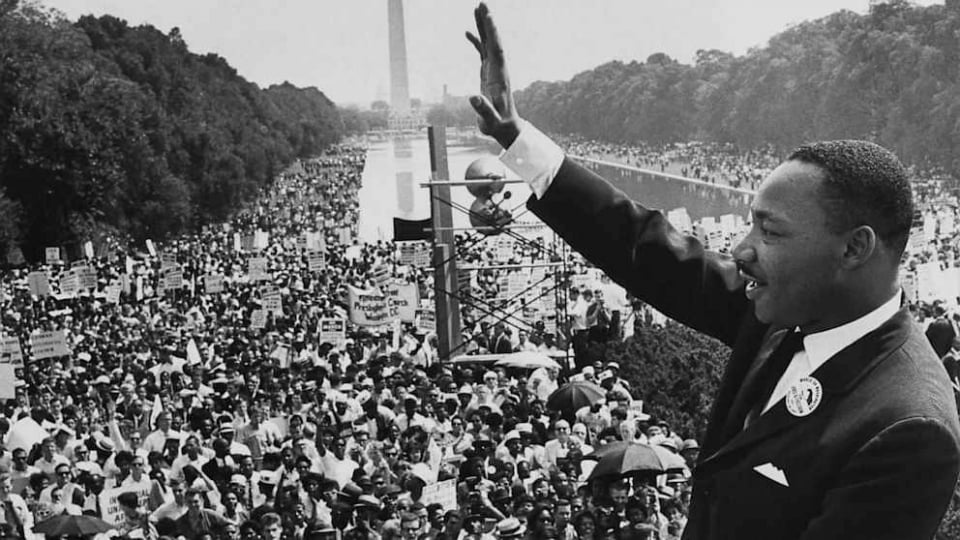
A. Phillip Randolph, the founder of the Brotherhood of Sleeping Car Porters, proposed two large-scale marches in the nation’s capital in the 1940s to protest segregation and discrimination in the U.S. military and defense industry. Though marches were cancelled, the idea of an organized march in Washington, D.C. was taken up 20 years later by leaders of various student, civil rights, and labor organizations.
On August 28, 1963, an estimated 250,000 people attended the March on Washington for Jobs and Freedom – the largest gathering for civil rights at the time. The event protested employment discrimination, civil rights abuses against African Americans, Latinos, and other disenfranchised groups, and spoke out in support for the Civil Rights Act. Taking place in “America’s Front Yard” on the National Mall these nonviolent protests featured penetrating and poignant speeches like Dr. Martin Luther King, Jr.’s famous “I Have a Dream” speech that rung out from the steps of the Lincoln Memorial and urged people to take action in order to realize a more just, equal future. Visitors to the Memorial today can stand where those iconic words were spoken and look out onto the reflecting pool where crowds gathered that day. The National Mall serves has served as a gathering place for marches and demonstrations since.
Marching in Alabama for Voting Rights
Though the Civil Rights Act of 1964 outlawed discrimination on the basis of race, color, religion, sex, or national origin, and required equal access to public places and employment, as well as enforced desegregation of schools and the right to vote, African Americans continued to face violence and racism. Discriminatory measures continued to limit access to voting registration, and in Alabama, civil rights protests meaning to bring attention to this injustice were often met by violence from the local sheriff’s department, leading to the death of Jimmy Lee Jackson on February 26, 1965.
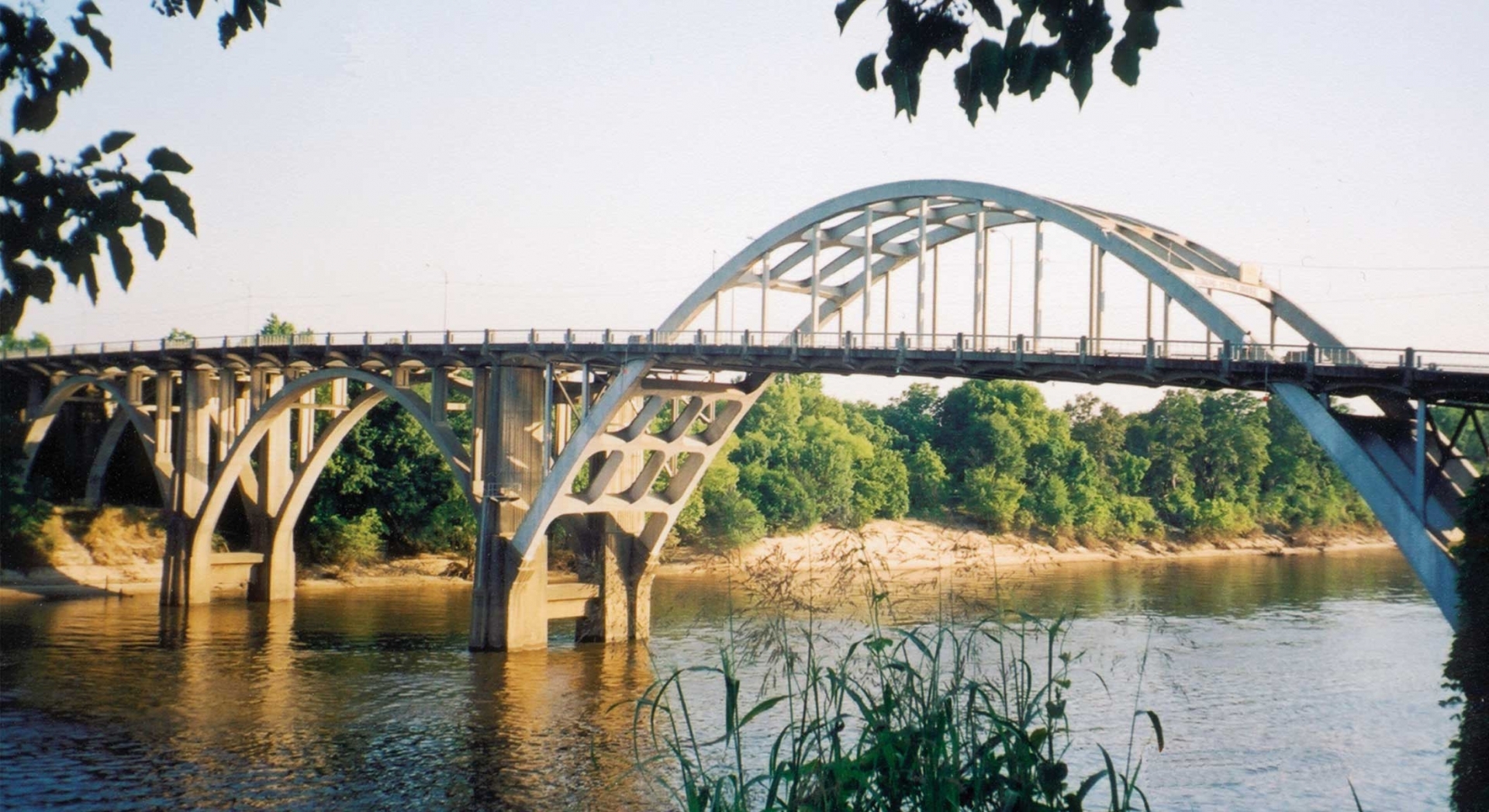
The Selma to Montgomery National Historic Trail honors the three civil rights marches that were meant to stretch 54 miles from Selma to Montgomery. On March 7, 1965, approximately 600 nonviolent protesters were violently assaulted with teargas and nightsticks on the Edmund Pettus Bridge – an attack which came to be known as “Bloody Sunday,” captured by the media and sparking nationwide outrage. A second march, led by Dr. Martin Luther King, Jr., was again blocked by law enforcement officers. Though the protesters turned back, violence erupted that evening when three ministers who had traveled to Selma for the protest were beaten and Reverend James Reeb died from injuries. A third march on March 21, 1965 saw upwards of 25,000 participants. Five months later, the Voting Rights Act was signed, prohibiting discrimination in voting practices or procedures because of race and color.
An Occupation for Native American Rights
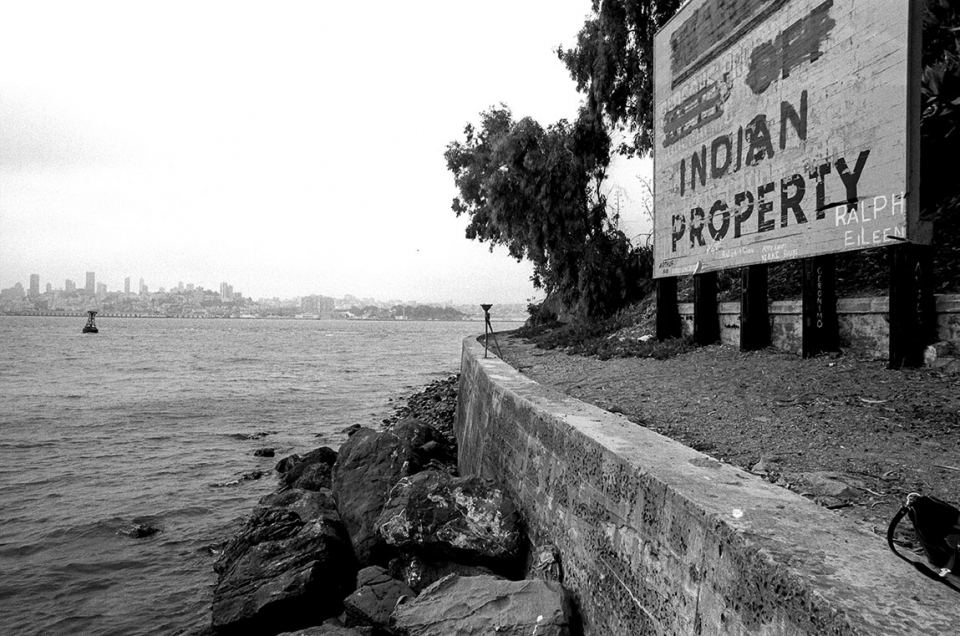
Just as protests were rocking southern states and in the American capital city, other movements rose to the national stage across the country. In San Francisco’s Bay Area, a group called Indians of All Tribes, Inc., made up of indigenous people, occupied Alcatraz Island from November 1969 to June 1971 to protest the government policies that stole land from American Indians and destroyed their cultures. Used by their ancestors over 20,000 years ago, the island was originally a place for camping and gathering food, as well as hiding and isolation. Once it became one of the world’s most famous prisons, Alcatraz Island held both military and civilian prisoners – many of which were American Indians.
In a powerful act seeking to reclaim their ancestors’ space, the protesters, originally led by Richard Oakes, Akwesasne Mohawk, demanded the deed to the island, the establishment of an Indian university, a cultural center detailing the full history of the land, and a museum. Approximately 100 people occupied the island and the continued occupation garnered national attention for the movement. Though the federal government initially responded by adopting a position of non-interference, on June 10, 1971, armed federal marshals, FBI agents, and special forces police swarmed the island and ended the occupation by removing women, children, and men from the island. While the terms demanded by All Tribes, Inc. were not met in full, the occupation shone a light on the need for Indian self-determination. As a result, federal laws were created, which demonstrated new respect for aboriginal land rights and for the freedom of American Indians to maintain their traditional cultures.
An Uprising for LGBTQ Equality
Acts of resistance can take many forms. For people who identified as lesbian, gay, bisexual, transgender, or queer (LGBTQ) and gathered at Stonewall Inn in the late 1960s, simply gathering together was an act of resistance. Laws, rules, and policies against “homosexual activities" were harsh in New York City and many underground gay bars were operated by organized crime, and the police routinely raided establishments, often resulting in violence, harassment, and arrests.
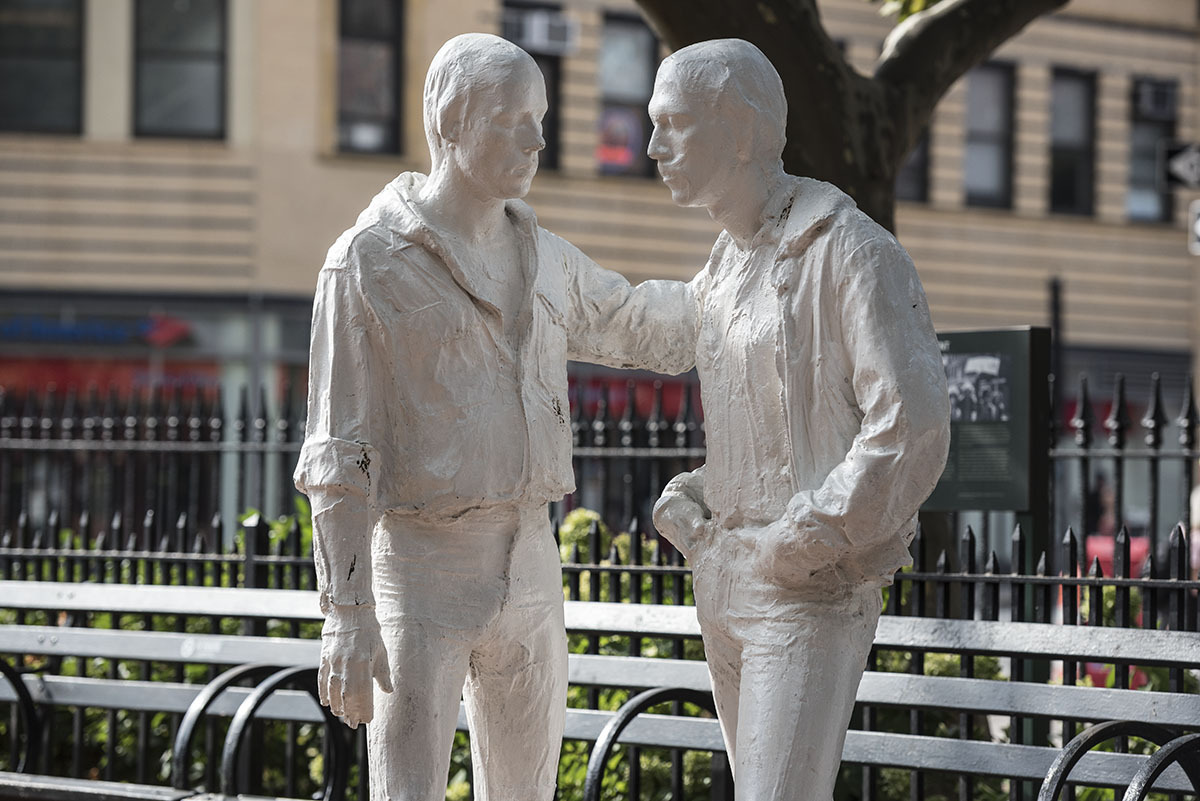
Following what at first appeared to be a routine raid on June 28, 1969, crowds held their ground in demanding civil rights, refusing to disperse. The police retreated and barricaded themselves in the Stonewall Inn as the community joined the resistance– the fire department and the NYPD’s Tactical Patrol Force joined the police. Over the next six days, the crowds of people swelled to thousands, Today, the history now preserved by Stonewall National Monument, designated in 2016, tells the story of this significant turning point in the struggle for LGBTQ+ rights. Within two years of the uprising, people across the country had formed LGBTQ+ rights groups in almost every major city.
As America’s storytellers, the National Park Service is committed to telling the diverse and complex histories and stories of Americans and the movements that continue to shape our country to this day.